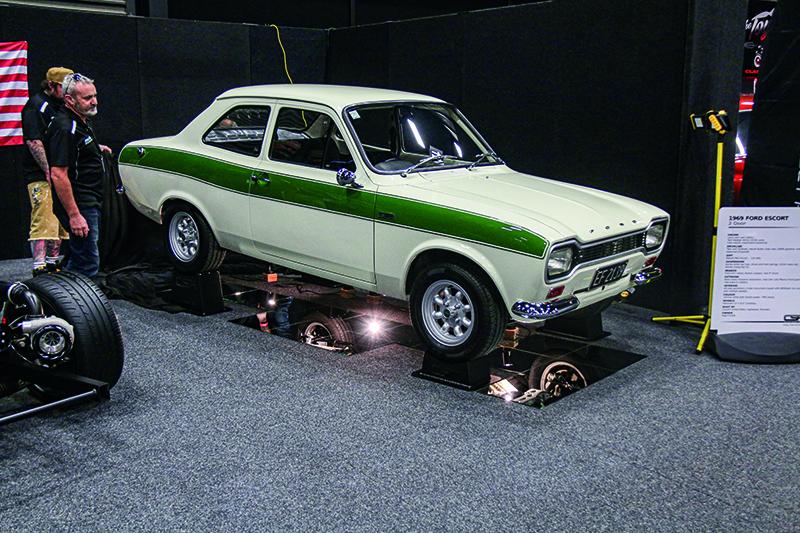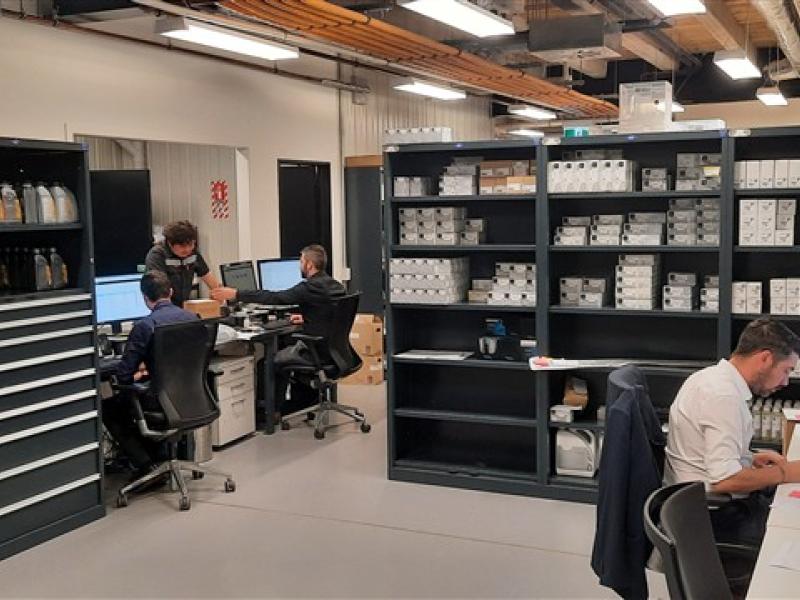The full and final report of a major market research survey by the NZ Federation of Motoring Clubs (FoMC) has shown that the total economic footprint of the historic and classic vehicle sector is now estimated at a gigantic $16.5 billion, up from the preliminary figure of $11B.
Garry Jackson, FoMC President said, “The new figure reflects additional in-depth data analysis since the early preliminary results, together with new insights from NZTA data revealing the earlier projection of 279,000 sector vehicles as too conservative.
“The fact that the full report from our agency Glasshouse Consulting is almost 150 pages long is testament to the level of research, analysis and considerations that they have applied. In a small way it also validates the view of a few experienced observers who had commented that our early footprint estimate of $11B was possibly understated.”
The extensive research, a first-ever in NZ, covered five distinct broad vehicle categories: veteran and vintage cars; classic cars; hot rods and customs; vintage and classic motorcycles; and vintage tractors and trucks, agricultural machinery and military vehicles. The Survey surveyed respondents across seven separate sectors including Federation motoring clubs, individual members of those clubs, motor museums, private collections, specialist vehicle service businesses aligned with the vehicle types, and a random but statistically valid sample of the NZ population at large. All this was completed online in June-July 2023 by 15,500 respondents. A seventh group surveyed were members of the Motorhome and Caravan Association, a substantial Federation member, and these outcomes are an appendix result outside the specific Historic and classic vehicle sectors.
Included in the $16.5 billion are the personal investment by the owners of the estimated total of 369,000 historic and classic vehicles, and their annual expenses covering insurance, garaging, servicing, restoration and presentation. Added to that are the specialist trade businesses focussed on the sector and their 5,200 full time staff, the investments across NZ’s automotive museums and private collectors, and the monies spent by the public visiting museums and other automotive events.
The survey’s full report reveals a number of interesting and relevant themes. It clearly highlights the personal and substantial commitment of NZ’s historic and classic owners in terms of their vehicles (average value $52,500 per vehicle), the fact that each owner averages over three vehicles, and the level of annual expense on their vehicles (usually $20,000 or more). Conversely, the survey confirms the sector’s low carbon footprint, with those vehicles that are driven (and not all are) averaging 3,700km per year.
Further the survey reveals the important and significant role that NZ’s motor museums and private collections play; somewhat surprisingly the public at large research tells us that 25 percent of NZ households have visited a museum in the last twelve months. For the first time ever, the survey also places an estimated (and conservative) value on the national total of private collections, as an important part of the total economic footprint.
The survey also confirmed New Zealanders love affair with historic and classic vehicles, with no less than 71 percent confirming that they see historic and classic vehicles as part of NZ’s heritage, and 26 percent revealing that they would love to own one.
Garry Jackson, FoMC President said, “The scale of all these headline outcomes, and the detailed numbers have all exceeded our expectations. In these times of change and challenge, this first- time-ever Survey reinforces and quantifies the strength of the historic and classic vehicle sector, and the huge contribution that all involved, from owners, enthusiasts, clubs, businesses, investors and the public at large, make to our economy and our enjoyment of our motoring heritage.
“There’s no doubt that these research outcomes, and the detailed findings and conclusions add to our collective knowledge and understanding. Further it strengthens our hand in discussions with Government and agencies as we all continue to work to strengthen and celebrate the contribution that historic and classic vehicles and their owners make to our society, our economy and our heritage.”






